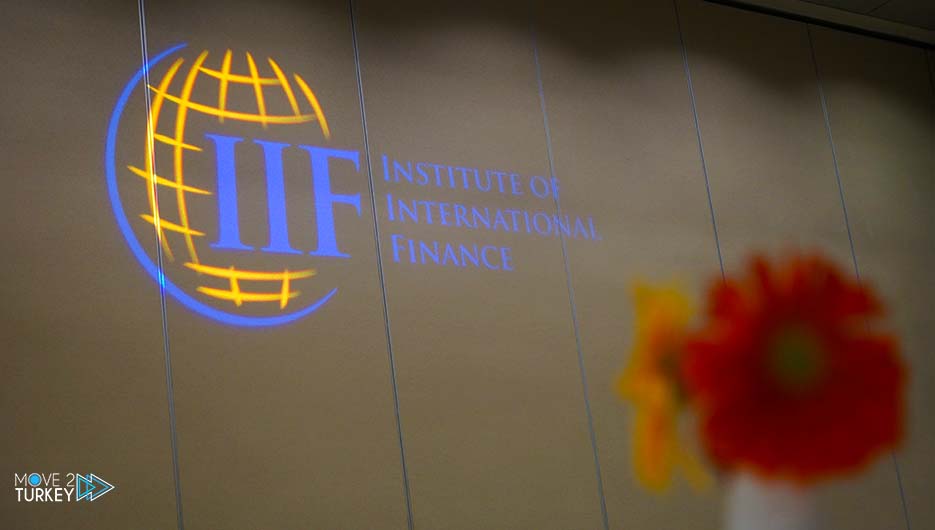
Data from the Institute of International Finance showed on Wednesday that global debt rose 3.3 percent on an annual basis, or the equivalent of $9.9 trillion, in the second quarter of 2023, reaching a new record level of $307.1 trillion.
The Institute of Finance explained in its quarterly report on global debt that debt rose from the level of $297.2 trillion in the second quarter of 2022.
At the end of the second quarter, global debt was distributed between $57.1 trillion in real estate debt, $90.2 trillion in non-financial entities, $87.3 trillion in government debt, and $71.9 trillion in financial sector debt.
The report explained that high levels of inflation and interest rates suppress bank credit, while markets such as the United States and Japan led this rise.
The report continued: “After seven consecutive quarters of decline, the global debt-to-GDP ratio resumed its upward trajectory in the first half of 2023.”
-Advertisement-
As interest rates rise and debt levels rise, pushing government interest expenditures higher, domestic debt pressures are expected to increase.
The report finds that the international financial structure is not sufficiently equipped to address unsustainable levels of domestic debt.
The Institute of International Finance stressed the importance of intensified global efforts to reform multilateral development banks to increase climate financing and to accelerate the expansion of environmental, social and governance debt markets.
Successive crises led to an increase in financing needs, with government revenues affected and oil prices falling, which prompted governments and companies to issue debt instruments.
The Institute of International Finance is a global institution that includes more than 470 financial institutions. Its mission is to support the financial industry and risk management. Its membership includes global central banks, major international banks, insurance companies, pension funds, asset managers, and sovereign wealth funds.